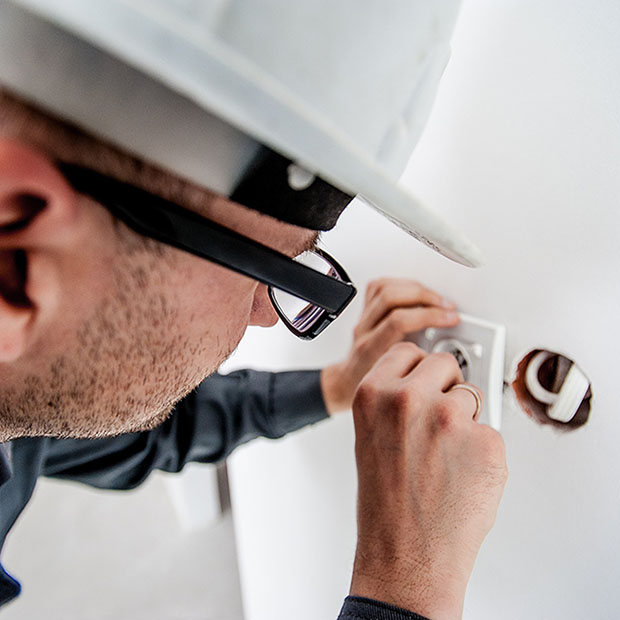Workplace Eye Safety

March is Workplace Eye Wellness month, so let’s celebrate by taking stock of a few ways to protect our eyes at work!
This is going to mean very different things depending on what kind of job you have, whether you work from home or in an office, or you work at a worksite. That’s why we’re dividing our tips into categories for physical labor type jobs and office type jobs.
Eye Protection at the Worksite
Many construction, maintenance, and repair type jobs can pose a significant risk to eye safety — from welding to carpentry to plumbing to mining, not to mention working in a lab! At least 2,000 workers in jobs like these are treated for eye injuries every single day.
That’s too many eye injuries, but 90% of them are preventable with the proper eye protection equipment. Before you start working, make sure you have your safety glasses, goggles, face shield welding helmet, or full-face respirator, depending on which is most appropriate for your job. They could save your sight!
Good Eye Health in the Office
The main concern in an office type job is less about dangerous projectiles flying in and striking your eyes or some kind of chemical splashing into them, and more about the very high chance of developing digital eye strain (also called computer vision syndrome) after staring at your work computer for many hours a day.
Digital eye strain isn’t known to be associated with permanent eye damage, but even short term, it can be very unpleasant, leaving your eyes irritated and tired. The most common symptoms are dry eye, neck pain, more frequent headaches, back strain, and reduced attentiveness. Unsurprisingly, dealing with this combination of symptoms can leave our productivity pretty low.
Fighting Off Digital Eye Strain
We don’t need protective goggles or face shields to ward off eye strain, although some people do benefit from wearing computer glasses that block out the blue light or using an anti-glare screen.
The easiest things we can do to give our eyes a break are to position our screens properly (aim to have it arm’s length from your face with the middle of the screen slightly below eye level) and follow the 20-20-20 rule (every 20 minutes, take a 20-second break to focus on something 20 feet away). And make sure you’re blinking frequently and staying hydrated!
Bring Us Your Workplace Eye Safety Questions
If you’re experiencing symptoms of eye strain or are concerned about the risk of eye injury at your workplace, we’re happy to answer any of your questions. We want our patients to have all the knowledge they need to keep their eyes protected. And if it’s been a while since the last time we saw you, why not schedule your next eye exam?